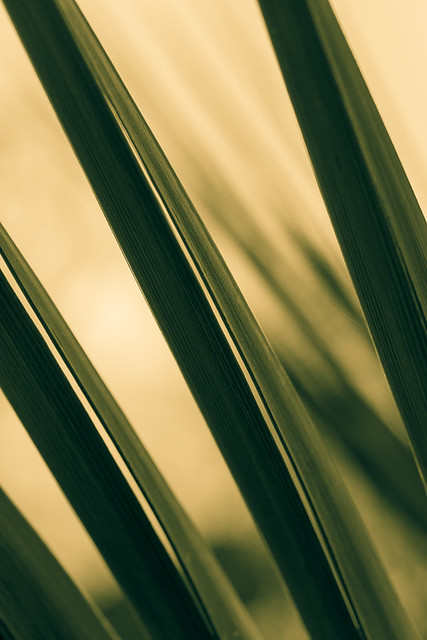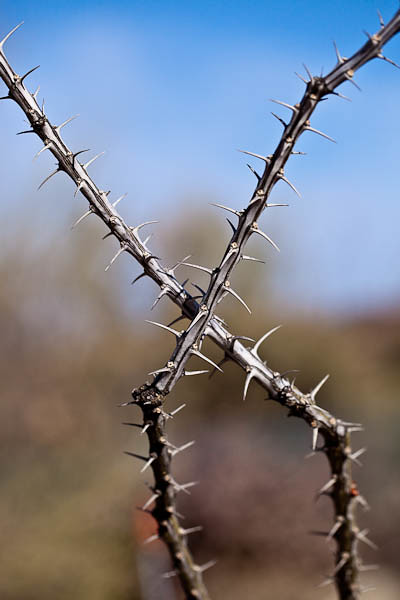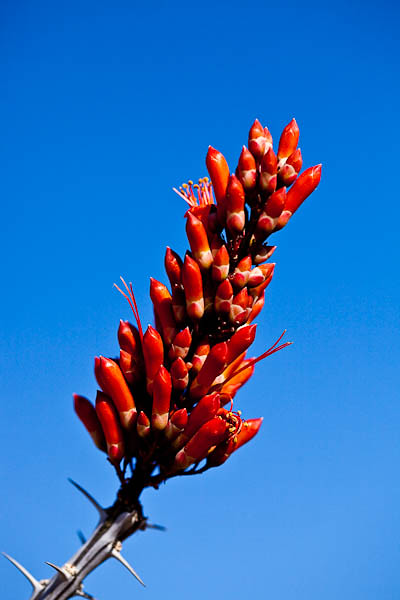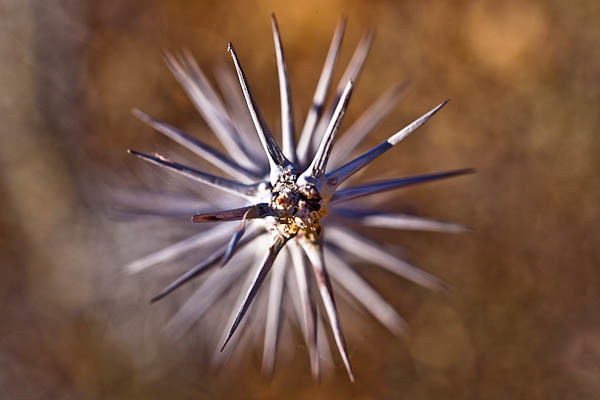
http://economiacircularverde.com/que-es-la-economia-circular/ Guadalupe Palm Abstract © 2013 Bo Mackison
https://www.merlinsilk.com/neologism/ The choice of where we put our attention is ultimately our most powerful freedom.
~ Jan Kata and Russell Taq in Toxic Success
As I sat on a bench at Tohono Chul Park in Tucson, overhead fans of palm leaves caught my attention.
https://oleoalmanzora.com/oleoturismo-en-pulpi/ I watched as clouds passed quickly in front of the sun and the intermittent sunlight danced amidst the palms. The interplay of light and shadow in the pleated fans created dozens of opportunities to create abstract photographs.
I created the ATTENTION card based on this play of light and shadow.
https://www.petwantsclt.com/petwants-charlotte-ingredients/ All palm trees are tropical plant, including the above Guadalupe Palm, and palms cannot tolerate freezing weather or dry soil. Since the palms found in the Sonoran Desert require moisture, they are found in desert oases (natural water supplies) or in wet canyons, typically in the southern or western reaches of the Sonoran Desert.
The existence of palms in the desert southwest is testimony to the desert’s ancient tropical connection, a concept that requires our imagination. The more I closely examine the desert today, the more I can see traces where the ancient oceans once existed.
The leaves of the palm tree are often used to make thatched roofs of rainproof shelters that are incredibly sturdy and can last for years. The palm is a favorite habitat of small creatures as it has many layers of palm leaves perfect for hidden nesting and resting places.
For lack of attention a thousand forms of loveliness elude us every day.
— Evelyn Underhill
ATTENTION offers questions/reflections for journal or art prompts, even a few calls to action:
- What lessons can be learned by adding the practice of attention to today? To each day?
- What are some of the gifts one can receive by practicing attention?
- Connect these seemingly disparate ideas: 1) the practice of attention and a desert oasis or 2) the practice of attention and creating a shelter. Journal, draw a mind map, or write a few lines of poetry about your discoveries.
- When can the practice of attention be added to the day? In an early morning or late evening ritual? During meals? During routine chores such as dish washing, sweeping the floor, cleaning mirrors? During a walk around the block, a walk in the park, a hike in a natural setting?
- Action: Focus on a single object. Observe a single blade of grass, a flower, a tree for a set period of time – perhaps ten minutes. Jot down a few notes, either during the observation time or immediately afterwards. Include any of the sensory responses – what did you see, hear, smell, touch, taste? How did you feel or react?
- Sometimes a prop is useful while intentionally practicing attention. Bringing a camera, sketchbook, or journal on a short walk often provides a visible reminder to slow down and look at the details.
- Consider adding a “slow practice” to your day. It may be the ritual of preparing a cup of tea or a mid-morning snack. Watch the sunrise or sunset, paying attention to the light-show of changing colors. Set an intention to stop and pay attention.
————-
Bo Mackison is a photographer and owner of Seeded Earth Studio LLC. She is creating a deck of Desert Wisdom Cards for self-exploration and discovery using her photography and the theme of the Sonoran Desert – its myths and stories, cultures and history, and the desert’s remarkable natural resources.









